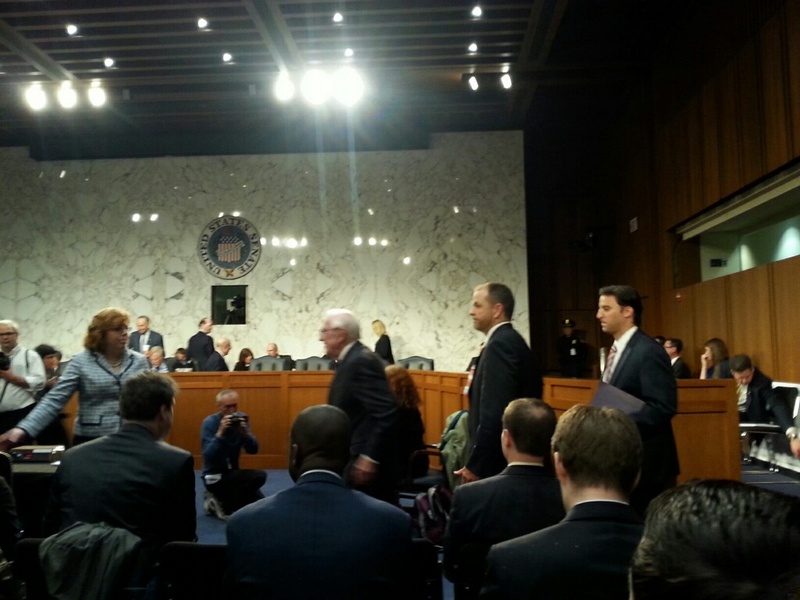Campaign finance hearing puts Senate Rules Committee in the spotlight

For the members of the Senate Rules Committee who will be grappling Wednesday with the impact of the latest hole the Supreme Court blew into the nation’s campaign finance regulatory regime, it’s not a hypothetical topic.
The subject of the hearing, which will feature an unusual appearance by a former Supreme Court justice, as well as former and current members of the Federal Election Commission, is the high court’s McCutcheon decision, which lifted previous limits on the overall amount any individual donor could give candidate or party committees in an election year.
Among those testifying will be retired Justice John Paul Stevens, who had already left the court before McCutcheon, but who wrote a dissent in the 2010 Citizens United case, which has already had an impact on many of the senators.
That case, along with subsequent decisions by lower federal courts and the Federal Election Commission, set the stage for an influx of more than $300 million in money from groups incorporated as non-profits, which do not disclose their donors to the FEC. A Sunlight review of data on our Real-Time Influence Explorer and our Follow the Unlimited tool found that seven members of the Rules Committee ran in elections in which dark money groups made expenditures.
You can see a full list here of the dark money expenditures that we know about for or against Rules Committee members in 2012 elections; for 2014, see here.
The tables linked above reflect independent expenditures by entities that do not make regular reports to the Federal Election Commission. Each of these expenditures was listed as supporting/opposing a current Rules Committee Member or opponent.
In the 2014 cycle, none of these races has seen more dark money spent than the Senate battle in Arkansas where Mark Pryor, D-Ark., has gotten a boost from the over $1.2 million spent by the liberal Patriot Majority attacking his opponent, Tom Cotton.
Mitch McConnell, R-Ky., has seen both sides of the dark money equation. The Senate minority leader has been hit with more than $250,000 worth of TV ads from Patriot Majority. The U.S. Chamber of Commerce (a non-disclosing business association, or 501(c)6) has provided more than $500,000 worth of ads and survey research supporting McConnell. At this point, many
Political nonprofits — the most popular dark money vehicles — have proliferated, and while the committee may push for more disclosure in the future, dark money groups already are playing a large role in the midterm elections.
In 2012, these groups reported spending $336 million on political activity according to OpenSecrets.org. But, there’s even more dark money action that we’re not seeing. Many of groups run issue ads — which are not disclosed to the FEC except when they immediately precede an election.
A report this week from the Wesleyan Media Project and OpenSecrets found that 59 percent of the interest group advertising in 2014 Senate races has come from 501(c)3, 501(c)4 or 501(c)6 nonprofits. Many of these ads can only be traced by examining ad buy files. Major stations in the top 50 markets must post these online and the Sunlight Foundation’s Political Ad Sleuth provides an archive of them.
Even so, as Sunlight has reported in the past, even the basic reporting by TV stations to the FCC concerning the content of political issue ads is often spotty or nonexistent.
(Contributing: Bob Lannon)

